ToolShell Exploit: Critical SharePoint Zero-Day Threatens Global Enterprises
NetmanageIT OpenCTI - opencti.netmanageit.com

SUMMARY :
A zero-day exploit chain named 'ToolShell' is actively targeting on-premises Microsoft SharePoint servers worldwide, potentially affecting thousands of organizations. The attack leverages two critical vulnerabilities (CVE-2025-53770 and CVE-2025-53771) to achieve remote code execution and steal cryptographic keys, enabling persistent access even after patches are applied. The threat has evolved to use an in-memory payload, making traditional detection methods unreliable. Chinese state-sponsored threat actors, including Linen Typhoon, Violet Typhoon, and Storm-2603, have been exploiting these vulnerabilities since July 7, 2025. The campaign's impact is significant, with nearly 5% of scanned organizations vulnerable and over 400 confirmed victims.
OPENCTI LABELS :
zero-day,chinese threat actors,sharepoint,cve-2025-53771,cve-2025-53770,toolshell,cve-2025-49704,cve-2025-49706,exploit chain,in-memory payload,cryptographic keys
AI COMMENTARY :
1. Introduction to the ToolShell Zero-Day Threat The ToolShell exploit represents a critical new zero-day attack chain that targets on-premises Microsoft SharePoint servers on a global scale. Dubbed ToolShell by security researchers, this campaign leverages two unpatched vulnerabilities identified as CVE-2025-53770 and CVE-2025-53771 to achieve remote code execution. Once the attackers gain access, they proceed to steal cryptographic keys, granting them persistent backdoor access even after administrators apply available patches. Since its discovery, ToolShell has rapidly evolved into an in-memory payload, rendering traditional detection mechanisms ineffective against the sophisticated attack sequence.
2. Anatomy of the Exploit Chain At its core, ToolShell’s exploit chain begins with the exploitation of the two critical SharePoint vulnerabilities. CVE-2025-53770 serves as the initial entry point, allowing the adversary to upload a malicious web shell. The second flaw, CVE-2025-53771, is exploited to escalate privileges and execute arbitrary code within the SharePoint process. Once code execution is achieved, the implant retrieves and exfiltrates cryptographic keys from the server’s memory, ensuring the attacker can decrypt sensitive stored data and maintain covert access even after patching. The shift to an in-memory payload eliminates disk artifacts and complicates forensic analysis, making this threat one of the most elusive SharePoint attacks observed to date.
3. Chinese State-Sponsored Actors Behind the Campaign Analysis of the ToolShell campaign attributes the operation to multiple Chinese state-sponsored groups collectively referred to as Linen Typhoon, Violet Typhoon, and Storm-2603. These actors have systematically targeted enterprise networks since July 7, 2025, focusing on SharePoint deployments in critical infrastructure, technology firms, and government agencies. The overlap in infrastructure, TTPs (tactics, techniques, and procedures), and command-and-control channels among these groups suggests coordinated efforts aimed at intelligence collection and long-term network persistence. The use of in-memory payloads and sophisticated credential theft capabilities further underscores the high level of resources and expertise backing this campaign.
4. Global Impact and Affected Organizations Security scans conducted across thousands of organizations reveal that nearly five percent of on-premises SharePoint servers remain vulnerable to ToolShell’s exploit chain. To date, more than 400 confirmed victims have reported unauthorized access, data exfiltration, or both. Industries ranging from finance and healthcare to energy and public sector entities have borne the brunt of ToolShell’s operations. In many cases, compromised entities discovered the intrusion only after detecting unusual network traffic or receiving ransom demands tied to stolen documents. The stealthy nature of the in-memory payload has allowed attackers to reside undetected within affected networks for weeks or even months, amplifying the campaign’s potential damage.
5. Challenges in Detection and Mitigation Traditional security solutions struggle to detect ToolShell’s advanced in-memory techniques, as no malicious files are written to disk. Signature-based defenses are rendered obsolete when adversaries employ polymorphic shellcode and encrypted communication channels. Even after applying the patches released for CVE-2025-53770 and CVE-2025-53771, many organizations find residual implants remain active, thanks to the ongoing ability of attackers to harvest encryption keys and reestablish footholds. Incident responders must therefore adopt complementary approaches such as in-memory threat detection, continuous cryptographic key integrity checks, and real-time behavioral analytics to identify anomalous SharePoint activity at runtime.
6. Strategic Recommendations and Outlook Defenders should prioritize immediate patching of the affected SharePoint servers while simultaneously executing forensic sweeps to detect and remove any lingering in-memory implants. Regular rotation of cryptographic keys coupled with strict access controls reduces the efficacy of key theft techniques. Network segmentation and the deployment of deception technologies can further limit attacker movement and expose ToolShell’s covert operations. As threat actors continue to refine exploit chains and evade conventional defenses, organizations must embrace threat-centric architectures that integrate endpoint detection, cloud telemetry, and threat intelligence sharing. Vigilance, speed of response, and a layered security posture will be critical to counteract the persistent, high-impact nature of the ToolShell campaign and mitigate future zero-day threats to SharePoint and beyond.
OPEN NETMANAGEIT OPENCTI REPORT LINK!
Use public read only username and password on login page.
NOTE : Use Public READ only user credentials on login page banner.
ToolShell Exploit: Critical SharePoint Zero-Day Threatens Global Enterprises


